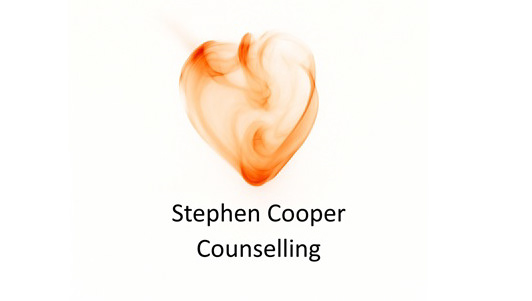All people experience some periods of anxiety throughout life. Anxiety is the body’s innate process of alerting to a threat or source of stress and encouraging the person to run or engage so that they are able to return to a state of safety. In such a situation, mild or short-term anxiety can be beneficial. A person may also become anxious about significant others and want to protect them. However, modern life can present sources of stress that are difficult to avoid and extreme or sustained anxiety can lead to illness and interfere with a person’s daily life. Anxiety disorders are associated with an excessive response to a stressful situation and prevent the person’s capacity to function normally. Common signs of anxiety include nervousness and restlessness, fear and catastrophising, increased heart rate and rapid breathing, sweating, trembling, nausea, and fatigue. The person may ruminate on their worries while having difficulty concentrating on other matters. In some instances, a person may feel anxious about a particular subject or event, or the anxiety may become generalised to many circumstances and become a constant issue. Generalised Anxiety Disorder (GAD) defines a long-term condition of anxiety that comprises an anxious response to many different external stressors. There is some association of GAD with traumatic experiences such as domestic violence, child abuse, and bullying but GAD can also develop with no obvious underlying reason. A person with panic disorder will experience regular bouts of intense fear producing an array of physical and mental symptoms including shortness of breath, trembling, racing heartbeat, and feeling faint. Phobias constitute an exaggerated sense of danger associated with a specific situation or object and will usually lead to attempts at avoidance. Agoraphobia is a complex phobia and constitutes a fear of being in places where escape may be difficult or where help would not be available if difficulties occurred. If untreated the person’s fears may render them unable to leave the house. Social anxiety disorder is a fear of social situations, particularly public speaking, meeting new people, and eating or drinking in a public place. This disorder often anticipates embarrassment or rejection in front of others. Separation anxiety disorder is an extreme fear of losing others to whom a person is attached. The person may perpetually worry about losing the significant other, fear leaving them and have disturbed sleep. Selective mutism usually occurs in children, whereby a child will refuse to speak in many social situations and can be accompanied by high social anxiety. Anxiety can often occur alongside depression and the two conditions are able to interact.
